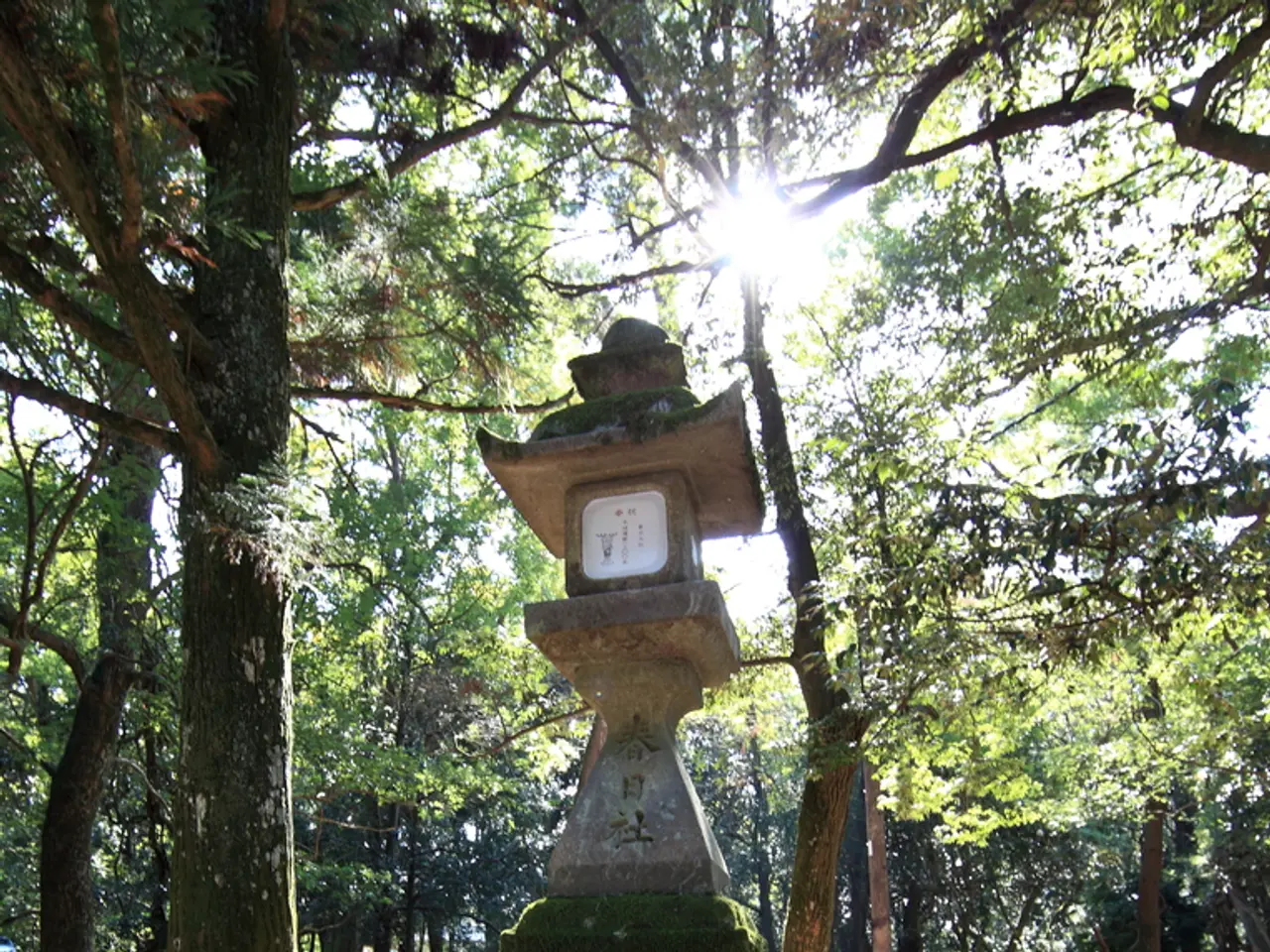Spotting a Moose in New England: A Guide
In the vast landscapes of Maine and New Hampshire, the majestic moose roam freely, making these regions prime spots for wildlife enthusiasts. Here's a guide to safely and responsibly observe these gentle giants.
Moose are most active during the twilight hours, making dawn and dusk the prime hours to catch a glimpse of these creatures. To get a closer look, using binoculars or a zoom lens is recommended, as moose typically keep their distance from humans. It's essential to maintain a safe distance of at least 100 meters (about 328 feet) to avoid disturbing the moose or putting yourself at risk.
If possible, viewing moose from inside a vehicle helps keep both you and the animal safe and prevents traffic disruptions. Look for natural habitats, as moose in Maine and New Hampshire frequent young forests for browsing and mature forests for shelter. Areas with mixed forest cover are good places to start.
For a more immersive experience, consider attending local events such as the North Country Moose Festival in Colebrook, NH, which offers guided moose safaris and educational opportunities about safe moose viewing.
When encountering moose outside of a vehicle, remain calm, back away slowly without turning your back, and make yourself visible without staring directly. It's important to remember that moose are large and can be unpredictable if approached too closely.
Maine is home to the largest moose population in the contiguous U.S., with an estimated 60,000 to 70,000 moose residing within its borders. New Hampshire's moose population is estimated to be around 3,000 to 4,000. Roughly 2,000 moose live in Vermont.
Please note that getting too close to a moose can put you in danger and make the animal feel unsafe and stressed. Calves leave their mothers and may look for new areas to live in the spring. If you encounter a moose in the backcountry, it's best to avoid approaching it for safety reasons.
Moose tracks look like deer tracks, but are larger, about the size of human hands. However, due to the increased prevalence of the winter tick, which is caused by climate change, the moose population has dropped in recent years.
A word of caution: Maine's Department of Transportation reports hundreds of moose crashes per year. Be mindful of lower-light conditions at these times of day, as they present risks for driving.
By following these guidelines, you can enjoy moose observation safely and responsibly, respecting these magnificent creatures and their habitats.
Enhance your home-and-garden reading with knowledge-packed books on outdoor-living, ensuring you're well-prepared for a moose encounter in your future travels. Adventure travelers might find an exciting addition to their itinerary by attending local events, such as the North Country Moose Festival, which offers immersive moose safaris and educational experiences about safe moose viewing.




